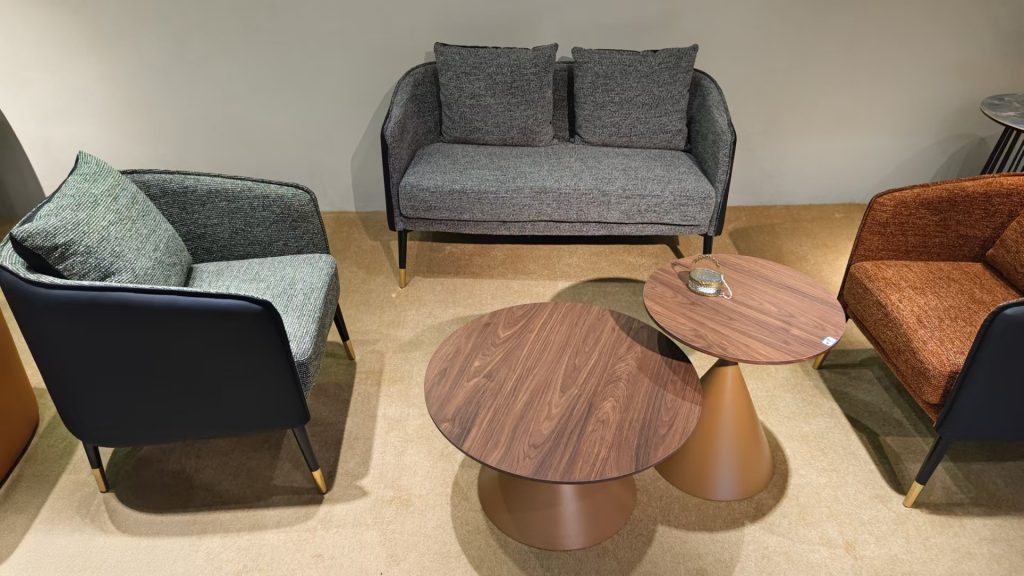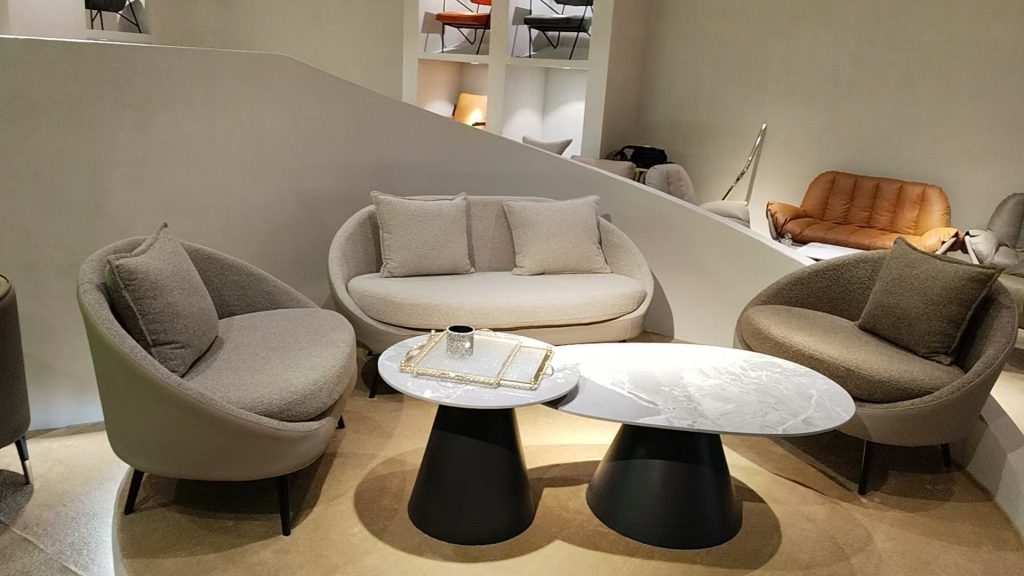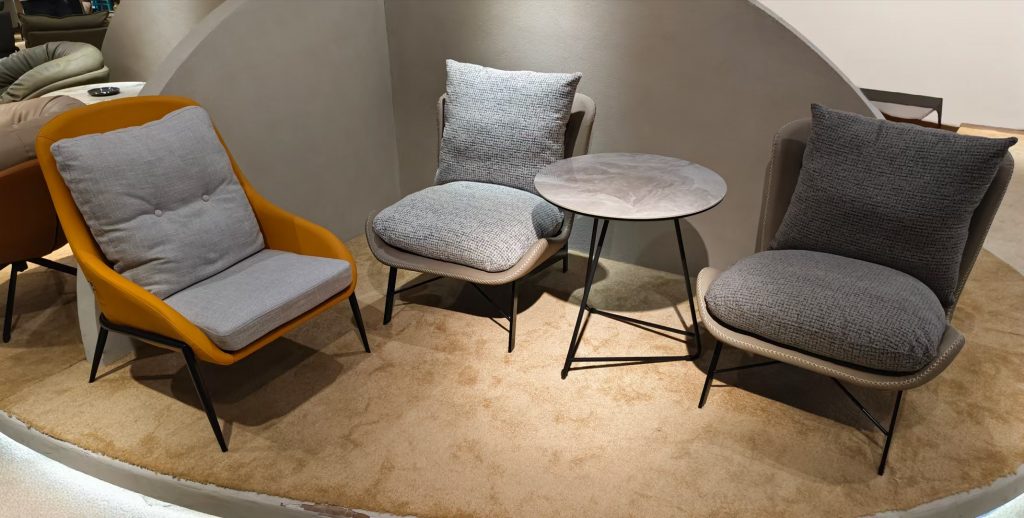The global furniture industry generates over 12 million tons of waste annually, driving demand for sustainable alternatives. Zero-waste furniture manufacturers are leading the charge, redefining production methods to eliminate waste, prioritize circularity, and minimize environmenZero-Waste Furniture Manufacturers: Crafting Sustainable Design for a Circular Economytal impact. For factories, adopting zero-waste principles isn’t just an ethical imperative—it’s a strategic opportunity to attract eco-conscious consumers, comply with regulations, and future-proof operations. This article explores the principles of zero-waste furniture manufacturing, its benefits, and actionable steps to build a sustainable brand.
—
H1: What Is Zero-Waste Furniture Manufacturing?
Zero-waste furniture production aims to eliminate material waste, energy inefficiency, and environmental harm across the entire lifecycle—from raw material sourcing to end-of-life disposal. Core principles include:
– Material Efficiency: Using 100% recyclable, biodegradable, or repurposed materials (e.g., reclaimed wood, recycled metals).
– Circular Design: Creating modular, repairable, and disassemblable products to extend lifespans.
– Renewable Energy: Powering production with solar, wind, or hydropower.
– Ethical Labor: Ensuring fair wages and safe working conditions.
For factories, this approach aligns with global sustainability frameworks like the UN’s Circular Economy Action Plan and Cradle to Cradle Certification.
—
H2: Benefits of Zero-Waste Furniture Manufacturing
1. Environmental Impact Reduction
– Landfill Diversion: Repurposing scrap materials (e.g., sawdust into composite boards) cuts landfill waste by up to 95%.
– Lower Carbon Footprint: Using recycled materials reduces emissions from raw material extraction.
2. Cost Savings
– Waste-to-Resource Systems: Selling scrap materials (e.g., metal offcuts to foundries) offsets production costs.
– Energy Efficiency: Renewable energy investments yield long-term savings.
3. Consumer Demand
– Eco-Conscious Buyers: 73% of millennials prefer sustainable brands (Nielsen, 2023).
– Regulatory Compliance: Meets EU Circular Economy Action Plan and California’s SB 272 transparency laws.
4. Brand Differentiation
– Positions your factory as a leader in sustainability, appealing to B2B clients (hotels, offices) and retail markets.
—
H2: Key Practices for Zero-Waste Furniture Factories
H3: Material Selection & Sourcing
– Reclaimed Materials: Salvaged wood, recycled plastics, or upcycled textiles.
– Biodegradable Options: Cork, hemp, or mycelium-based foams.
– Certified Materials: FSC-certified wood, Greenguard Gold fabrics.
H3: Efficient Production Techniques
– Modular Design: Create pieces with interchangeable components (e.g., nesting tables with replaceable tabletops).
– CNC Precision: Minimize offcuts through computer-guided cutting.
– Closed-Loop Systems: Recycle water and solvents used in finishes.
H3: Waste-to-Resource Innovation
– Upcycled Scrap: Turn wood shavings into decorative mulch or biomass energy.
– 3D-Printed Fills: Use recycled plastics to 3D-print replacement parts.
H3: Transparent Supply Chains
– Publish material origins and carbon footprints via QR codes on products.
– Partner with local suppliers to reduce transportation emissions.
—
H2: Challenges & Solutions for Zero-Waste Adoption
H3: Higher Upfront Costs
– Solution: Leverage tax incentives for renewable energy or circular design R&D.
H3: Scaling Production
– Solution: Invest in modular machinery that adapts to fluctuating demand.
H3: Consumer Education
– Solution: Offer repair workshops or lifetime warranties to emphasize product longevity.
—
H2: Applications Across Industries
Residential
– Modular Shelving: Adjustable units with replaceable shelves.
– Multi-Functional Furniture: Ottomans with hidden storage or foldable desks.
Commercial
– Office Systems: Desks with cable management and modular seating.
– Hospitality: Reclaimed wood beds for hotels with biodegradable mattresses.
Architectural
– Custom Partitions: Cork or recycled plastic wall panels.
– Lighting Fixtures: 3D-printed shades from recycled ocean plastics.
—
H2: The Future of Zero-Waste Furniture
Emerging trends to watch:
– Biodegradable Materials: Algae-infused resins or mushroom-based foams.
– AI-Driven Waste Optimization: Algorithms predicting material usage to minimize scrap.
– Blockchain Traceability: Tracking material journeys for ethical consumers.
—
Conclusion: Leading the Circular Economy
Zero-waste furniture manufacturers are redefining sustainability in an industry plagued by excess. By embracing circular design, renewable energy, and transparent practices, your factory can reduce costs, attract eco-conscious clients, and contribute to a healthier planet.
Ready to transform waste into worth? Invest in zero-waste strategies that prioritize people, the planet, and profitability.
Article link:https://www.vlefooena.com/manufacturer/4359/




No reply content